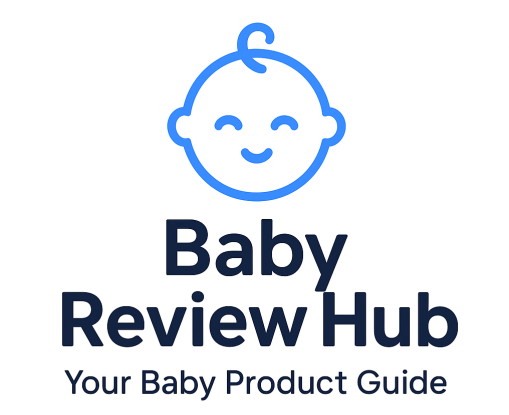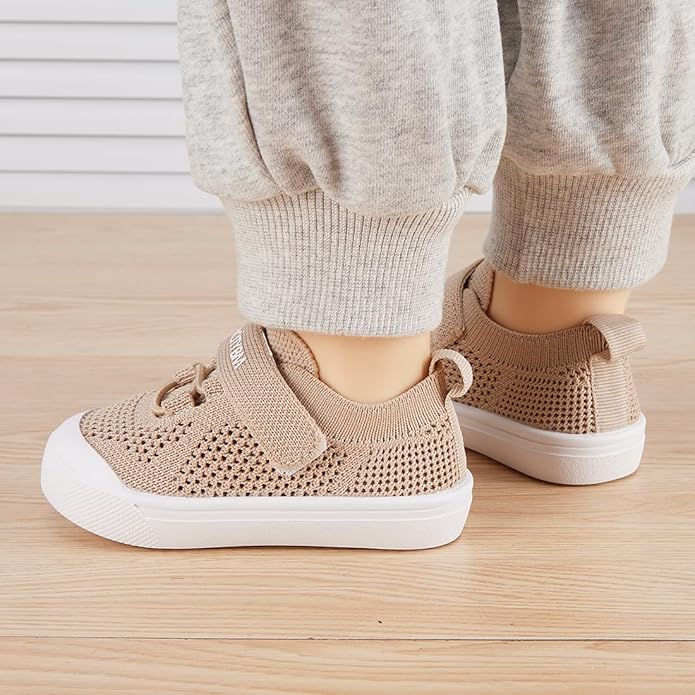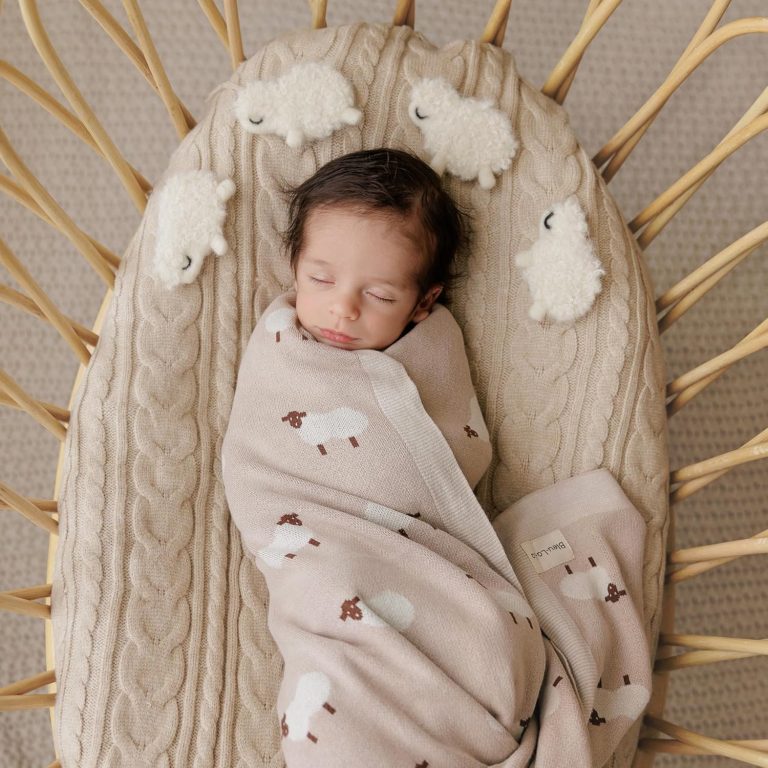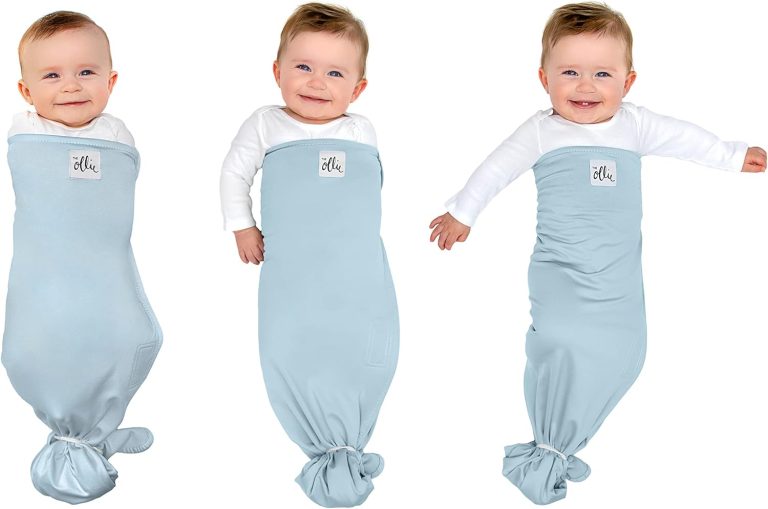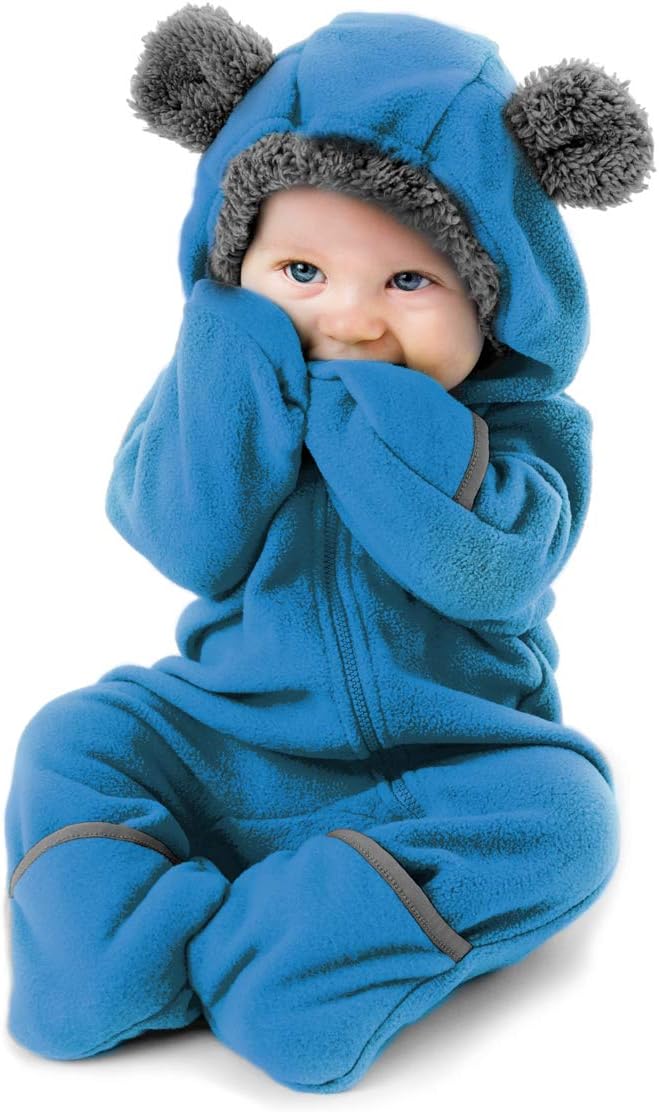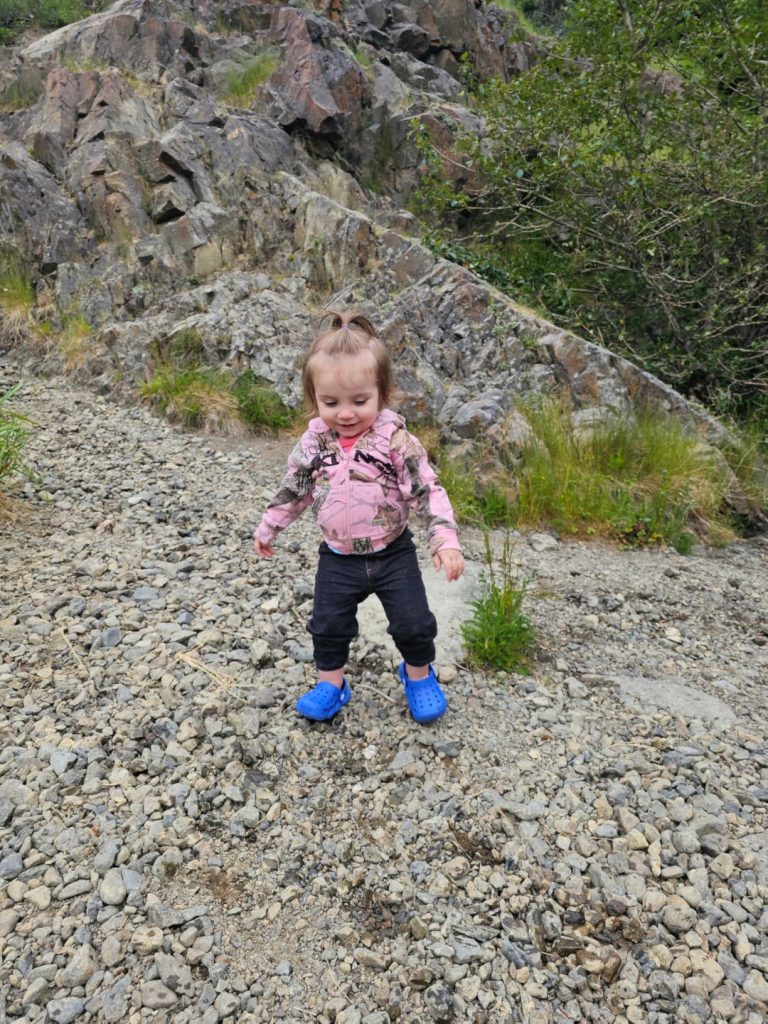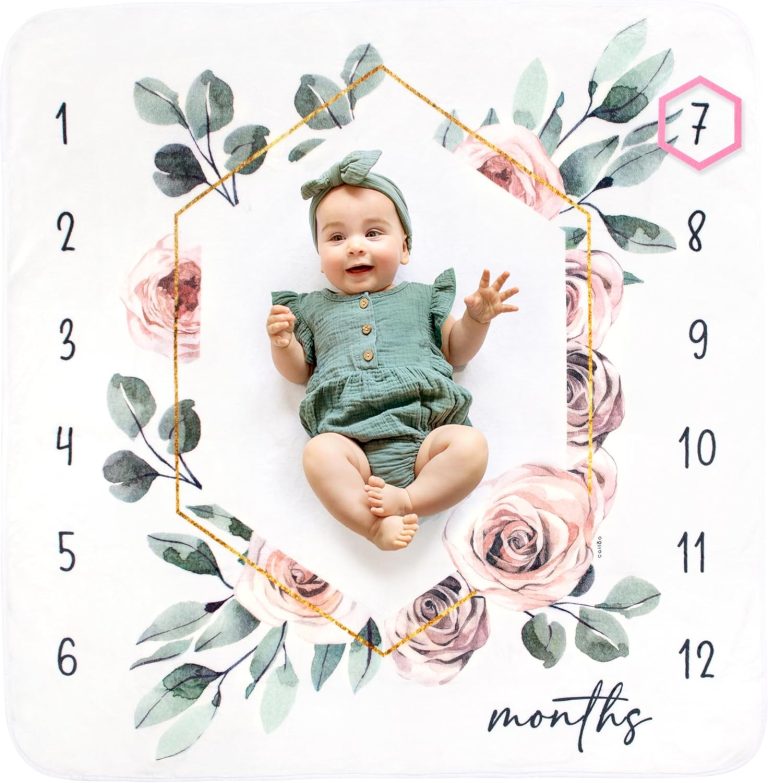Choosing the Perfect Baby Shoes for Comfort
Buying the right pair of baby shoes can feel overwhelming. With so many styles—from cozy baby booties to sturdy toddler walking shoes—parents often wonder which option best supports healthy foot development. Choosing wisely matters because baby feet grow rapidly, and the wrong shoes can cause discomfort or even affect walking patterns.
In this guide, we’ll cover everything you need to know: how baby feet develop, why comfort is essential, how to get the perfect fit, the best shoe materials, and which brands parents consistently trust.
Types of Baby Shoes
As babies grow, their footwear needs change. Choosing the right baby shoes at each stage helps support natural development while keeping little feet safe and comfortable. Here’s a breakdown of the four key stages:
1. Baby Booties
For newborns, baby booties are the very first step in footwear. These soft, cozy coverings are designed more for warmth than function. They keep tiny toes snug during stroller rides or while lounging indoors, but they don’t provide structured support. Since newborns aren’t yet bearing weight on their feet, booties act as a simple comfort layer rather than a developmental tool. Parents often choose them for their cuteness factor as much as their practicality. Buy on Amazon
2. Pre-Walker Shoes 🚼
Once babies begin learning to stand, pull up, or cruise along furniture, pre-walker shoes become the go-to choice. These shoes feature soft soles that mimic barefoot walking, allowing babies to feel the ground beneath them. This sensory feedback is crucial for balance and coordination. Flexible materials ensure that little feet can bend and move naturally, supporting muscle development without restriction. Pre-walkers are best for short periods of standing practice or supported steps indoors. Buy on Amazon
3. Baby Walking Shoes 🚶
When babies take those magical first steps, it’s time for their first true pair of baby walking shoes. These are designed to offer just enough support without being stiff. Lightweight construction and slip-resistant soles provide stability on different surfaces, while still allowing the foot to flex and move. Walking shoes protect little feet during outdoor adventures while ensuring comfort as babies transition from crawling to confident walkers. The emphasis here is on gentle structure—supportive, but never restrictive. Buy on Amazon
4. Toddler Shoes 👟
By the toddler stage, little ones are constantly on the move. Toddler shoes are built for durability and performance, ready to handle playgrounds, parks, and endless adventures. Features like non-slip rubber soles, breathable fabrics, and reinforced toes become essential. These shoes protect against scrapes, bumps, and rough surfaces while keeping feet cool and comfortable. With toddlers running, climbing, and exploring nonstop, footwear at this stage needs to combine strength with flexibility. Buy on Amazon
How Baby Feet Develop 👣
Baby feet are not just smaller versions of adult feet—they’re fundamentally different in structure and development. Is is important to understand how the baby feet develop so that you can choose shoes well for the little one. In the earliest years of life, a baby’s feet undergo rapid changes, transitioning from soft, flexible cartilage to the strong bones that will carry them through childhood and beyond. Because of this, choosing the right footwear at each stage is crucial to support natural growth while keeping little ones comfortable and safe.
Newborn Stage (0–6 Months)
At this stage, a baby’s feet are made up almost entirely of soft cartilage, with bones still forming and muscles beginning to strengthen. Shoes aren’t necessary for development—what babies need most is warmth and gentle protection. Soft booties or socks are perfect for keeping feet cozy during stroller rides or naps, but barefoot time is equally important to encourage natural movement and sensory exploration.
Pre-Walking Stage (6–12 Months)
As babies begin to crawl, pull themselves up, and cruise along furniture, their feet are gaining strength and coordination. Indoors, barefoot movement is best because it allows toes to grip the floor and helps with balance. For time spent outdoors, however, soft-soled pre-walker shoes provide a protective layer against rough or dirty surfaces while still being flexible enough to mimic the feeling of walking barefoot.
First Steps (9–18 Months)
This stage marks the exciting milestone of first wobbly steps. Now, shoes play a more active role in supporting mobility. The best options are lightweight, flexible shoes with slip-resistant soles, which give babies just enough structure to protect their feet while still allowing natural movement. Stiff or heavy shoes should be avoided, as they can make walking more difficult and hinder proper foot development.
Toddler Stage (18 Months–3 Years)
By this point, toddlers are constantly on the move—running, climbing, and exploring their world. Their shoes need to keep up with this newfound energy. Look for designs with non-slip traction, breathable fabrics, and protective toe caps to safeguard against bumps and scrapes. Comfort remains key, but durability becomes equally important as toddlers put their shoes through daily adventures at parks, playgrounds, and beyond.
✨ Bottom Line: Each stage of development calls for a different approach to baby shoes. From soft protection in the newborn months to durable, supportive sneakers for active toddlers, the right footwear ensures healthy foot growth while keeping little ones safe and comfortable every step of the way.
💡 Parent Tip: For the first year, barefoot play is ideal. Shoes should only be used outdoors or when feet need extra protection.
Why Comfort Is Essential in Baby Shoes
When it comes to baby shoes, comfort should always come before style. While adorable designs may catch the eye, the real purpose of baby footwear is to support natural growth and healthy development. Babies’ feet are soft, flexible, and rapidly changing, which means the right shoes need to protect without restricting. A comfortable fit lays the foundation for confident walking and long-term foot health.
Support for Growing Feet
High-quality baby shoes provide gentle protection for delicate feet while allowing them to move naturally. The soles should bend easily, encouraging babies to grip the ground and strengthen muscles as they learn to balance. Overly stiff or structured shoes can interfere with this process, making it harder for babies to develop coordination and confidence in their movements.
Safety Through the Right Fit
Shoes that fit properly prevent common issues like blisters, skin irritation, or misalignment. A snug heel, wide toe box, and lightweight build keep shoes secure without squeezing. Ill-fitting shoes, on the other hand, can rub against the skin, cause discomfort, or even alter a baby’s walking pattern over time. Safety starts with a good fit—and comfort is at the heart of that.
Confidence to Explore and Walk Independently
When babies feel secure and comfortable in their shoes, they’re more likely to explore their surroundings. Comfortable footwear gives them the confidence to crawl, cruise, and eventually take those all-important first steps. Shoes that slip, pinch, or weigh them down may lead to reluctance to walk, slowing progress during this crucial stage.
Comfort Over Fashion
While trendy designs may be tempting, a poor fit can quickly lead to discomfort, frustration, and even reluctance to move. Prioritizing comfort ensures that baby shoes do what they’re meant to do—support growth, encourage independence, and keep little feet happy. Style is a bonus, but comfort is non-negotiable.
Choosing the Right Size
When it comes to buying baby shoes, sizing is one of the most important factors to get right. Ill-fitting shoes can cause discomfort, restrict natural movement, or wear out too quickly. Taking a little extra care in measuring and checking fit ensures that your baby’s feet stay comfortable and supported as they grow.
Measure Regularly
A baby’s feet grow at an incredible pace—on average, about half a shoe size every two to three months during the first year. Because of this, parents should measure their baby’s feet often, either at home or in-store, to keep up with these rapid growth spurts. Even a shoe that fit perfectly a few weeks ago may suddenly feel snug, so regular measuring is key to avoiding pinched toes.
Leave Room to Grow
When trying on baby shoes, always make sure there is about a thumb’s width of space at the front. This little bit of extra room gives toes space to wiggle and allows the shoe to last through a short growth phase. Shoes that are too tight can hinder development, while shoes that are too loose may cause tripping—so finding that balance with just the right amount of space is essential.
Check Heel Fit
A proper fit isn’t only about toe room—it’s also about how the heel sits in the shoe. Baby shoes should hug the heel securely without slipping off during movement. A shoe that’s too loose at the back can cause blisters or make walking awkward, while one that’s too tight may cause rubbing and discomfort. The goal is a snug, supportive fit that moves naturally with your baby’s foot.
Use Size Charts
Because sizing can vary from one brand to another, parents should always consult a baby shoe size chart before purchasing, especially when shopping online. Relying only on age-based recommendations can be misleading since every baby grows at a different pace. Checking the chart and comparing it to your baby’s exact measurements helps avoid the hassle of returns and ensures a better fit the first time.
💡 Pro Tip: Try shoes at the end of the day when feet are slightly larger to ensure comfort in all conditions.
Best Materials for Baby Shoes
When shopping for baby shoes, it’s not just about the size or style—the material plays a major role in keeping little feet healthy and comfortable. Babies’ feet are more delicate than adults’, and because they sweat twice as much as adult feet, the wrong fabric can quickly cause irritation, overheating, or discomfort. Choosing the right materials ensures breathability, flexibility, and safety during every stage of development.
Leather or Mesh for Breathability
Natural leather and lightweight mesh are top choices for baby shoes because they allow air to circulate freely. Both materials are breathable and flexible, keeping feet cool while also adapting to natural movement. Soft leather molds gently to a baby’s foot shape, while mesh provides extra ventilation—especially helpful during warmer months. Importantly, both options are soft enough for sensitive skin and sturdy enough for daily wear.
Organic Cotton Linings for Sensitive Skin
Many high-quality baby shoes feature organic cotton linings, which add an extra layer of comfort. Organic cotton is naturally hypoallergenic, making it safe for babies prone to irritation or eczema. These linings wick away moisture without trapping heat, ensuring that feet remain dry and fresh even after long periods of wear. Parents value this gentle material for everyday shoes that need to balance softness with durability.
Rubber Soles for Grip and Safety
Soles are another crucial factor. Flexible rubber soles give babies the traction they need as they begin crawling, pulling up, or taking their first steps. Unlike stiff materials, soft rubber bends with the foot, supporting natural movement while preventing slips on smooth surfaces. For early walkers, this balance of grip and flexibility is essential in encouraging confidence and independence.
Avoid Synthetic Plastics
Shoes made primarily from synthetic plastics should be avoided. These materials trap heat and moisture, which can lead to sweaty feet, irritation, and even blisters. Since babies’ skin is thinner and more sensitive, the risk of discomfort is higher. Over time, poorly ventilated shoes can also affect foot health, making breathable, natural materials a much safer choice.
💡 Look for shoes labeled BPA-free, phthalate-free, and non-toxic dyes for maximum safety.
Features to Look For in Baby Shoes
all the difference. Babies’ feet are still developing, so their footwear must support natural growth without restricting movement. The best pairs combine comfort, safety, and practicality. Here’s what to look for:
Flexibility
The sole of a baby shoe should be soft and flexible, bending easily with the natural motion of the foot. This flexibility allows babies to grip the ground, strengthen their muscles, and practice balance—just as they would when walking barefoot. Stiff soles can interfere with development, so think of baby shoes as gentle protection rather than rigid support.
Ankle Support
While babies don’t need heavy, structured shoes, a little light padding around the ankle provides comfort and stability as they learn to stand and walk. The goal is to offer balance assistance without locking the ankle in place. Shoes should move with the child rather than against them.
Easy Closures
Parents know the struggle of dressing a wiggly baby, so easy closures are a must. Velcro straps, elastic openings, and snap closures make it simple to slip shoes on and off while ensuring they stay securely in place. These features save time during busy mornings and prevent shoes from falling off mid-play.
Non-Slip Soles
Safety is key, especially on hardwood floors, tiles, or outdoor surfaces. Shoes with non-slip soles provide traction that reduces the risk of slips and tumbles. This feature is especially important for early walkers who are still building confidence on their feet.
Wide Toe Box
Babies’ toes need space to spread naturally for balance and stability. A wide toe box ensures there’s no pinching or crowding, supporting healthy foot development and preventing discomfort. Cramped shoes can hinder balance and even affect walking patterns.
Lightweight Build
Heavy shoes can quickly tire babies and make walking awkward. The best baby shoes are lightweight, almost mimicking the barefoot experience. This helps babies move freely and build endurance without feeling weighed down.
Budgeting for Baby Shoes 💸
One of the most common questions parents ask is: “How many pairs of baby shoes should I buy?” With so many adorable options available, it’s tempting to stock up on every style. But the truth is simple: when it comes to baby shoes, less is more. Babies outgrow footwear quickly, and their needs change with each developmental stage, so a small collection of well-chosen pairs is all most families need.
Invest in Quality Over Quantity
Rather than filling a closet with dozens of shoes, it’s better to invest in two or three high-quality pairs. Well-made baby shoes provide proper flexibility, support, and comfort, while cheap alternatives may wear out quickly or fail to support healthy foot development. A handful of durable, thoughtfully chosen pairs will serve your baby far better than a pile of inexpensive ones that don’t fit properly or last.
Seasonal Needs
Consider the time of year and climate when building your baby’s shoe collection. A pair of lightweight, breathable shoes is essential for spring and summer outings, while cozy booties or lined shoes are perfect for cooler autumn and winter months. This ensures your baby’s feet are protected and comfortable no matter the season.
Take Advantage of Sales and Discounts
Baby shoes can add up in cost, especially when factoring in how quickly little feet grow. To save money, look for bundle deals, seasonal sales, or trusted online retailers that offer discounts. Many brands release multipacks or value bundles that give parents more for less without compromising on quality.
Hand-Me-Downs: When They’re Okay (and When They’re Not)
Hand-me-downs can be a great way to save money—if the shoes are in excellent condition. Lightly worn shoes that still hold their shape and structure are perfectly fine to reuse. However, shoes that show significant wear, especially around the sole or heel, should be avoided. Overly worn shoes may have molded to another child’s foot shape, which can affect gait and make walking uncomfortable for your baby.
✨ Bottom Line: Babies don’t need a full shoe wardrobe—just a fe
Tips for Buying Baby Shoes Online
Shopping for baby shoes online is incredibly convenient—parents can browse dozens of styles, compare prices, and order from the comfort of home. But with that convenience comes a common challenge: sizing mistakes. Babies grow so quickly, and since brands measure shoes differently, it’s easy to end up with a pair that doesn’t fit. To avoid the hassle of returns and ensure your little one gets the right shoes the first time, here are key tips every parent should follow.
Check Brand Charts Carefully
Every shoe brand has its own sizing system. A size “3” in one brand may not be the same in another. Before purchasing, always refer to the brand’s specific size chart and compare it with your baby’s actual foot measurements. Many brands also include guidance on measuring at home, such as tracing the foot on paper and checking the length in centimeters.
Read Parent Reviews for Insights
Reviews are a goldmine of information when buying baby shoes online. Other parents often share whether a shoe runs small, large, narrow, or wide, giving you a clearer idea of what to expect. Reviews can also highlight durability—whether the shoes hold up after multiple wears and washes or if they scuff too easily.
Choose Return-Friendly Retailers
Even with careful measuring, mistakes happen. That’s why it’s important to buy from retailers with easy return or exchange policies. Look for free return shipping, flexible return windows, and hassle-free exchange processes. This way, if the shoes arrive and don’t fit, you won’t be stuck with a pair that goes unused.
Look at Real-Life Photos
Product images on websites are often polished and styled, but parent-uploaded photos in reviews show how the shoes actually look and fit in everyday situations. These photos can reveal important details—like whether the color matches the description, how bulky the shoes appear on small feet, or how well they pair with everyday outfits.
Frequently Asked Questions (FAQs)
Q1: When should my baby start wearing shoes?
Babies only need shoes once they begin walking outdoors. Indoors, barefoot or socks are best.
Q2: Are hard-soled shoes bad for babies?
Yes. Stiff soles restrict movement and may delay walking confidence. Opt for soft, flexible soles.
Q3: How often should I replace baby shoes?
Every 2–4 months, depending on growth. Check toe space regularly.
Q4: Are Nike baby shoes good for first walkers?
Nike offers lightweight options, but ensure they’re from the baby walking shoes line, not just “mini sneakers” designed for style.
Q5: Can I use second-hand baby shoes?
Only if they’re lightly worn. Shoes mold to the first wearer’s foot, which may affect another child’s gait if too worn.
Final Thoughts on Choosing the Best Baby Shoes
The best baby shoes are not just about style—they’re about finding the perfect balance of comfort, fit, and flexibility to support your child’s natural development. Babies’ feet are soft, rapidly growing, and constantly changing, which means that every stage calls for footwear designed with thought and care. From the cozy softness of newborn booties to the durability of toddler walking shoes, the right choice makes all the difference in how confidently and safely your child takes each new step.
What Parents Should Prioritize
Breathable, Safe Materials – Fabrics and linings should allow airflow to prevent overheating, while also being gentle on sensitive skin. Organic cotton, leather, mesh, and soft rubber soles are popular options that combine comfort with safety.
Correct Sizing with Room to Grow – Shoes should fit snugly without squeezing, with about a thumb’s width of extra space at the front. This ensures comfort while allowing toes to spread naturally and leaves room for rapid growth.
Flexible Soles for Natural Movement – Rigid shoes can restrict foot development. The best soles are lightweight, bendable, and designed to mimic barefoot walking, encouraging proper balance and coordination.
Trusted Brands with Proven Designs – Choosing shoes from well-reviewed, parent-trusted brands provides peace of mind. These companies design with safety in mind and have a track record of creating shoes that withstand daily use while supporting healthy development.
For Every Baby, Every Stage
Whether you’re shopping for baby boy shoes, baby girl shoes, or unisex options, the fundamentals remain the same: prioritize comfort, flexibility, and safety over fashion alone. Even for trendy choices like Nike baby shoes or other popular branded picks, parents should ensure that the fit and materials meet developmental needs.
✨ The Bottom Line: The right pair of baby shoes helps your child step into every milestone—whether it’s standing, walking, or running—with confidence, safety, and joy. By focusing on breathable materials, proper fit, and trusted designs, parents can feel reassured that each pair is not just a fashion statement but an essential tool in supporting their baby’s growth.
✨ Final Parent Tip: Keep shoe shopping fun! Let toddlers help pick colors or styles — they’ll be more excited to wear them and practice walking proudly.
